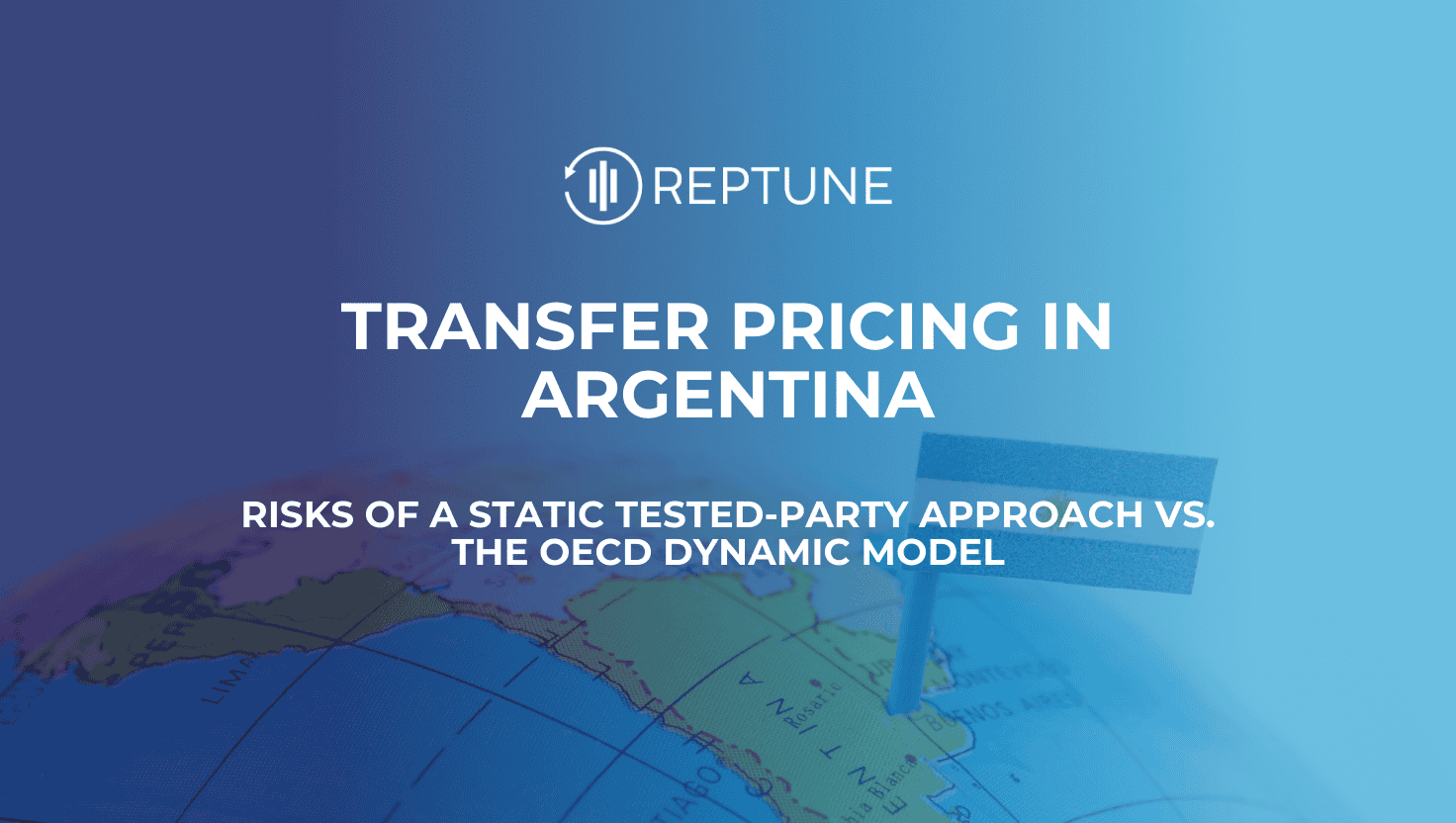
Argentina diverges notably from the OECD’s recommended transfer pricing framework by enshrining a static tested‑party approach for intercompany pricing—mandating that the local Argentine entity always be the tested party. This stance contrasts sharply with the OECD’s dynamic approach, which aligns tested-party selection with functions, assets, and risks, comparability, and reliability. This misalignment heightens transfer pricing risks, increases tax liabilities, and complicates compliance for multinational corporations operating across tax jurisdictions.
Argentina’s transfer pricing regime, grounded in the Income Tax Law (ITL) and further refined by General Resolution 4717/2020, generally respects the arm’s length principle and authorizes OECD-aligned methods such as the Comparable Uncontrolled Price (CUP), TNMM, Cost Plus, Resale Price, Profit Split, and a specialized “sixth method” for commodity exports.
Taxpayers with significant related-party dealings must submit a Master File, Local File, and Country-by-Country Report (CbCR), as part of stringent documentation requirements. However, by forcing the local affiliate to be the tested party in all cases, Argentina overlooks functional complexity and comparability considerations emphasized by OECD guidance. This rigidity carries substantial transfer pricing risks and challenges alignment with real economic relationships.
This model mandates that the Argentine affiliate always serves as the tested party, regardless of its role, complexity, or access to comparables. It disregards whether the local entity bears minimal functions while hosting residual profit—leading to benchmarking inaccuracies and skewed profit allocations.
In contrast, the OECD promotes a model where the tested party is selected based on the most reliable comparability and simplest functional profile. This dynamic approach evolves with actual operations and ensures outcomes reflect true value creation, aligning with the arm’s length principle.
1. Full Alignment: Argentine distributor sells finished goods using TNMM. Local margin of 3% fits within the 2–5% benchmark. Both static and dynamic models align.
2. Partial Alignment: Argentine shared-services provider uses a 4–7% benchmark. Whole-entity analysis yields 6.38%, within range—alignment holds, though precision reduces.
3. Misalignment: UK HQ provides services at net cost plus 5%. OECD tests UK HQ; Argentina tests the local affiliate with distributors’ benchmark (2–5%). With Argentine margin at 1.75%, it appears below range—raising adjustment risk despite arm’s‑length pricing.
The third example vividly demonstrates how Argentina’s static approach may result in upward adjustments, inflated tax liabilities, and potential double taxation when the OECD framework would not require adjustment.
For multinational groups navigating Argentina’s hybrid transfer pricing landscape, Reptune, a leading transfer pricing software, offers essential support:
To reduce friction and align with global norms:
Argentina’s insistence on a static tested-party framework, while administratively simpler, undermines the fairness, accuracy, and defensibility of transfer pricing outcomes. In contrast, the OECD dynamic approach ensures tested-party selection aligns with economic substance. Multinationals operating in Argentina should uphold robust transfer pricing documentation, adapt to dual filing regimes, and lean on advanced tools like Reptune to mitigate risk and protect profitability across global markets.
